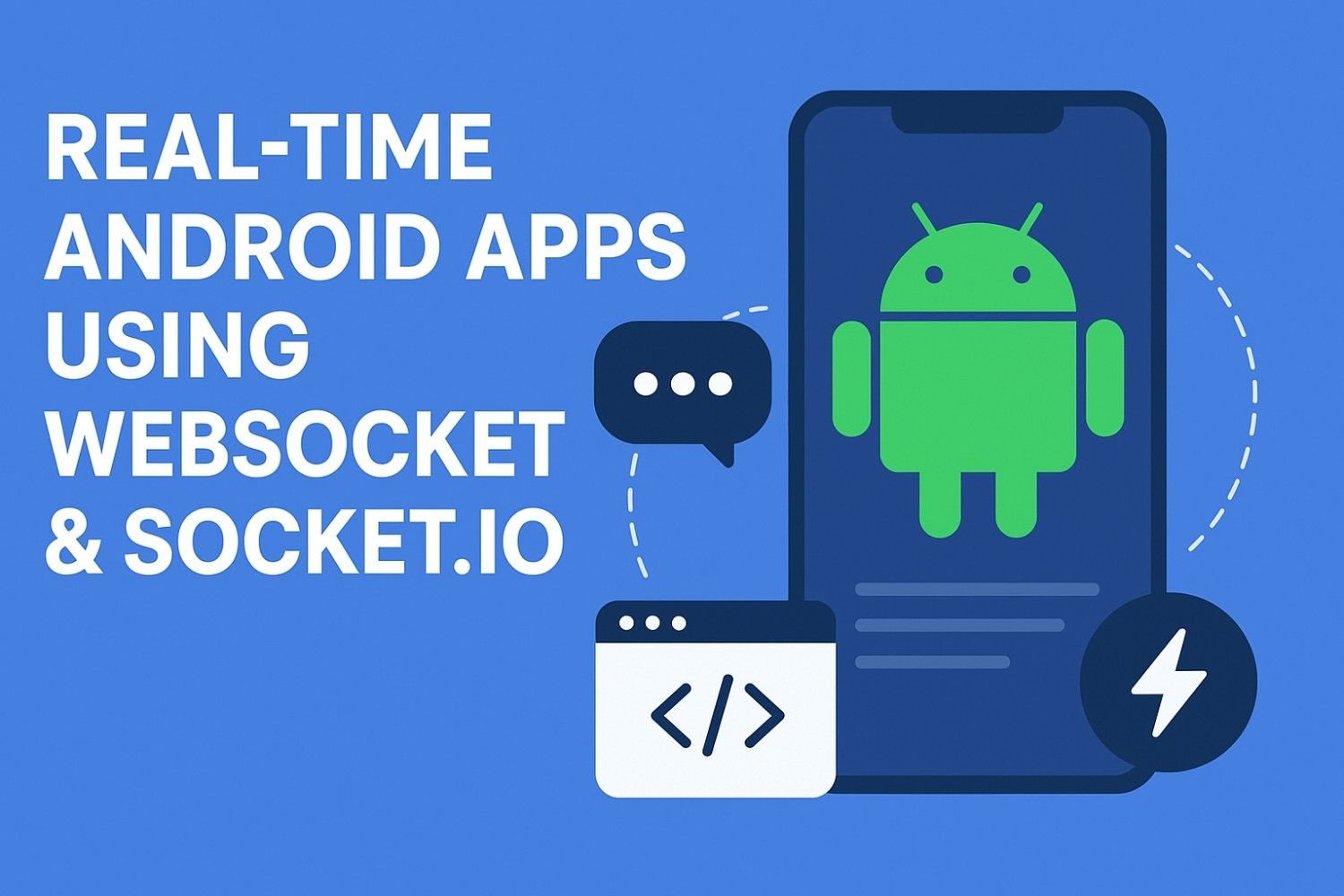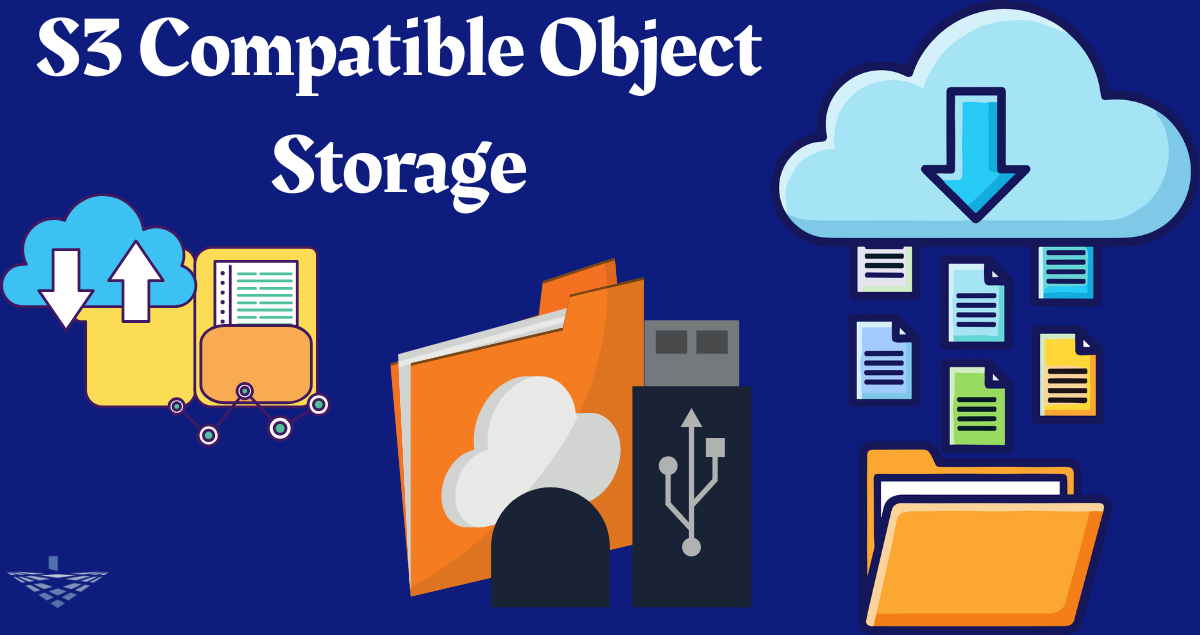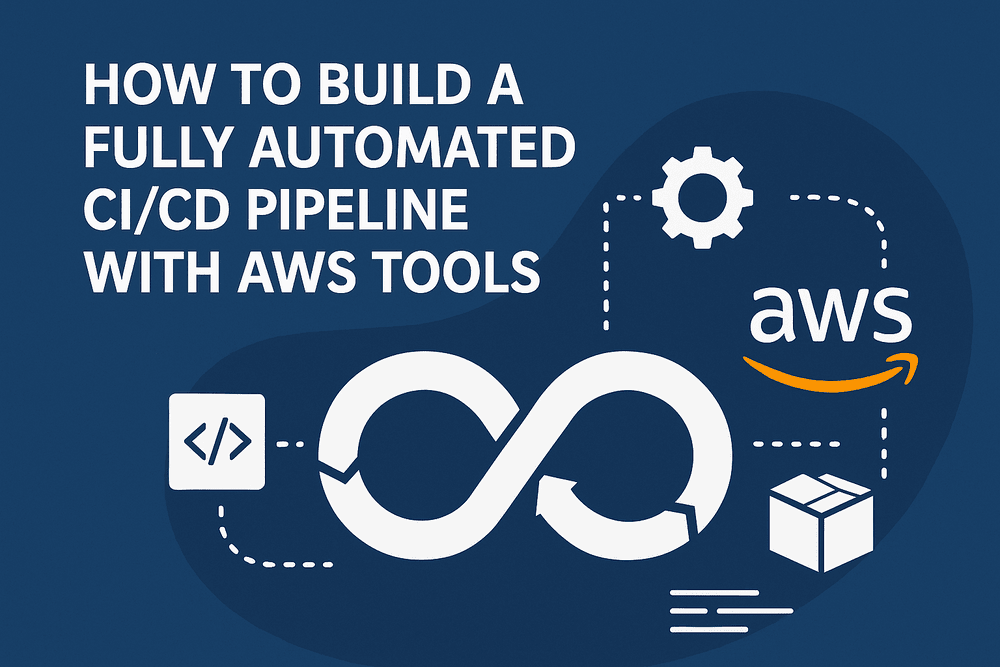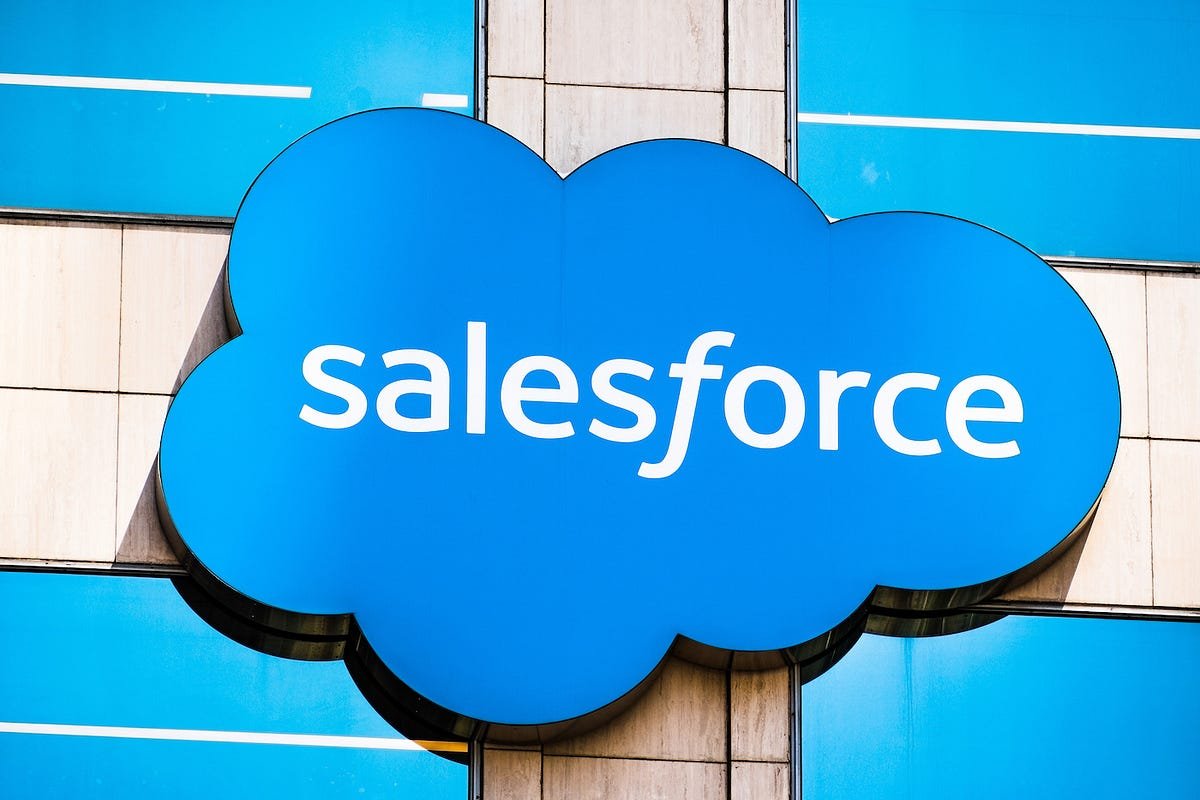As Google continues to update its algorithm, small businesses must adapt their digital strategies. One of the most critical areas in 2025 is local SEO for small businesses. With more customers searching for nearby services on mobile and voice-enabled devices, small business local SEO is not just an option—it’s a necessity.
Whether you own a coffee shop, plumbing business, or a retail store, showing up in local search results can be the difference between booming business and empty stores. In this guide, we’ll walk you through the latest Google updates and how to tailor your local SEO strategy accordingly.
What Is Local SEO?
Local SEO (Search Engine Optimization) is the process of optimizing a business’s online presence to attract more business from relevant local searches. These searches take place on Google and other search engines and often include terms like “near me” or the name of a city or region.
If you’re a small business, optimizing for local search ensures your company appears when customers are actively looking for your product or service nearby.
Why Local SEO for Small Businesses Matters in 2025
Google’s latest update places even greater emphasis on local relevance, user experience, and real-time engagement. Here’s why small business local SEO is more important than ever:
- Mobile Usage: Over 70% of mobile users search for local information, and they’re more likely to visit or contact a business that shows up in local results.
- Zero-Click Searches: With features like Google Business Profiles and featured snippets, users can get the info they need without clicking—making your presence in these spots crucial.
- Voice Search Growth: Local SEO is essential for capturing voice queries like “best dentist near me.”
- Competitive Edge: Local SEO levels the playing field, helping small businesses compete with larger ones on local terms.
Key Google Updates That Affect Local SEO in 2025

Google’s 2025 update includes several important changes that impact local search visibility:
1. Enhanced Local Pack Algorithm
Google now prioritizes businesses with:
- High review quality
- Frequent engagement (responding to Q&A, posts, reviews)
- Consistent NAP (Name, Address, Phone) information
2. AI-Driven Results
The integration of AI into Google’s local search means search intent and context matter more than ever. Businesses must optimize not only for keywords but also for semantic relevance.
3. Google Business Profile (GBP) Upgrades
Features like video uploads, chat support, live inventory, and special offers are given higher weight. Actively updating your GBP increases your chance of being featured in the Local 3-Pack.
Step-by-Step Local SEO Strategy for Small Businesses
Step 1: Optimize Your Google Business Profile
A fully optimized Google Business Profile (formerly Google My Business) is the foundation of local SEO.
Tips:
- Use your exact business name and consistent NAP details.
- Choose accurate primary and secondary categories.
- Add quality images, videos, business hours, and service areas.
- Enable messaging and regularly update offers/events.
- Respond to all reviews—positive or negative.
Step 2: Local Keyword Research
Use tools like Google Keyword Planner, Ubersuggest, or SEMrush to find keywords that include local intent such as:
- “Coffee shop in New York”
- “Best family dentist near me”
- “[Service] in [Area/Neighborhood]”
Include these naturally in:
- Page titles
- Meta descriptions
- H1/H2 headings
- Image alt texts
Step 3: On-Page SEO for Local Search
Make sure your website content reflects your location and services.
Checklist:
- Add location-specific landing pages if you serve multiple areas.
- Include your city name in headings, content, and meta tags.
- Embed a Google Map on your contact page.
- Use local schema markup to improve search engine understanding.
Step 4: Get Reviews and Ratings
Google favors businesses with consistent, high-quality reviews. Ask customers to leave reviews on:
- Google
- Yelp
- Facebook
- Niche-specific platforms like TripAdvisor, Healthgrades, etc.
Pro tip: Include a review request link in your thank-you emails or invoices.
Step 5: Build Local Citations and Listings
Make sure your business is listed across high-authority directories with consistent NAP details. Popular citation sources include:
- Yelp
- Bing Places
- Apple Maps
- YellowPages
- Chamber of Commerce
Avoid duplicate listings and regularly update your profiles.
Step 6: Local Link Building
Backlinks from local news sites, blogs, and other small businesses improve credibility.
Ideas:
- Partner with local influencers or charities.
- Sponsor local events or sports teams.
- Get featured in local newspapers or podcasts.
Step 7: Mobile & Voice Search Optimization
Mobile-first indexing means Google ranks your site based on the mobile version. Ensure your site:
- Loads fast
- Is mobile-friendly
- Uses conversational keywords suitable for voice search like “Where can I buy running shoes near me?”
Common Local SEO Mistakes Small Businesses Make
Avoid these pitfalls that can hurt your local rankings:
- Inconsistent NAP information across directories
- Ignoring or deleting negative reviews
- Keyword stuffing your local pages
- Using stock images instead of real business photos
- Not updating your Google Business Profile regularly
Measuring Local SEO Success
Tracking performance is critical to refine your strategy.
Track these KPIs:
- Impressions and clicks in Google Business Insights
- Local keyword rankings (via tools like BrightLocal)
- Website traffic from local searches
- Number and quality of reviews
- Conversion rates from local landing pages
Future-Proofing Your Local SEO Strategy

In 2025 and beyond, local SEO will continue to evolve alongside AI and user behavior. To stay ahead:
- Embrace AI tools like ChatGPT for content ideas
- Integrate local video content on your GBP and website
- Use structured data to help Google understand your content
- Leverage social media to enhance your local presence
Conclusion
Local SEO for small businesses is a powerful, cost-effective way to compete in today’s digital-first world. With the latest Google updates, it’s more important than ever to maintain a dynamic, locally optimized online presence.
Whether you’re just starting or looking to improve your current strategy, focusing on small business local SEO can dramatically boost your visibility, trust, and sales in your community.
Read More Blog – techners
















Leave a Reply